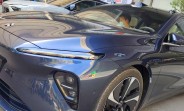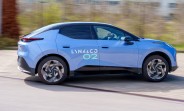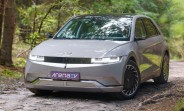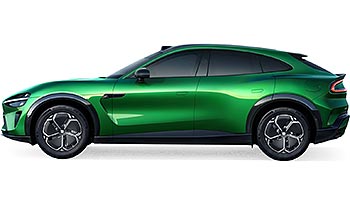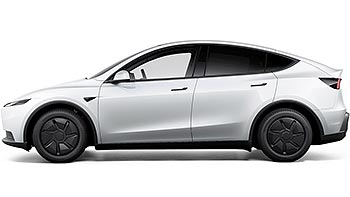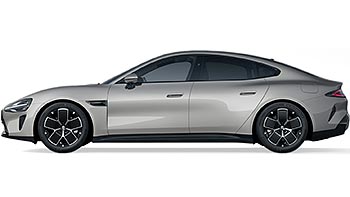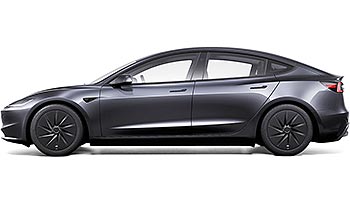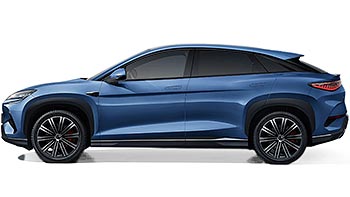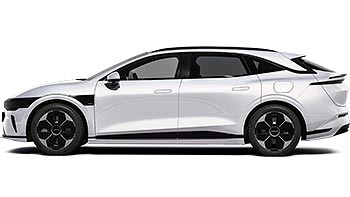Why do modern vehicles beep so much while driving?
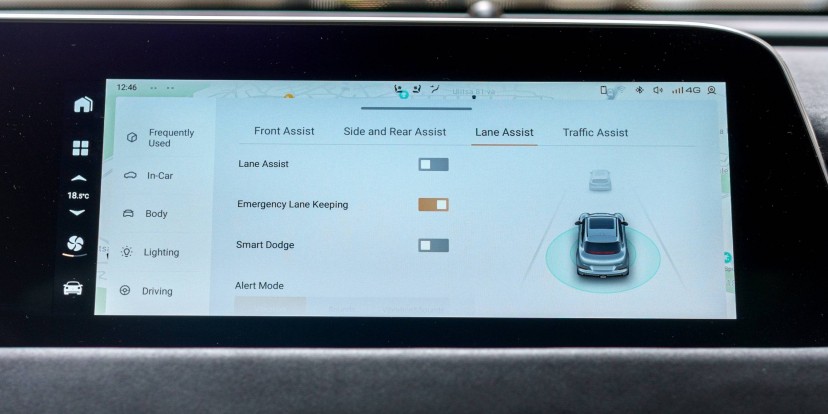
Modern cars gain more and more passenger safety features, moving past crash survivability, and attempting to prevent accidents from occurring at all. However our experience with car reviews tells us that they are also getting increasingly more intrusive in their beeps and chimes and other “nudges”, so we decided to delve into the reason why they differentiate so much and if there are laws that sit behind these decisions.

The European and American road safety commissions are the chief lawmaker in the safety department. Per the latest requirements from July 6, 2022, all vehicles sold in Europe must have the following assistants: Lane-keeping systems, automated emergency braking, intelligent speed assistance, reversing detection with camera or sensors, attention warning in case of driver drowsiness or distraction, event data recorders, cybersecurity, as well as an emergency stop signal.
The requirements for American vehicles are largely the same, which reduces development costs for vehicles sold in both markets. Most other markets have less strict guidelines, allowing makers to deliver a vehicle to the market without some or all of those assistants.

But that doesn’t quite explain why some cars have a bunch of overly dramatic beeps that you can’t really switch off, while others give you the final say and let you either toggle the reminder off or switch the feature you deem unhelpful altogether.
The Euro NCAP, the European new car safety assessment certification programme, has become such a recognizable name that a poor score at it will hurt the sales of any vehicle significantly. So if a vehicle is deemed sub-par by the Euro NCAP, it will often perform poorly in the market and will either be retired or quickly replaced. And that’s not a bad thing as makers have realized they need to take safety seriously.
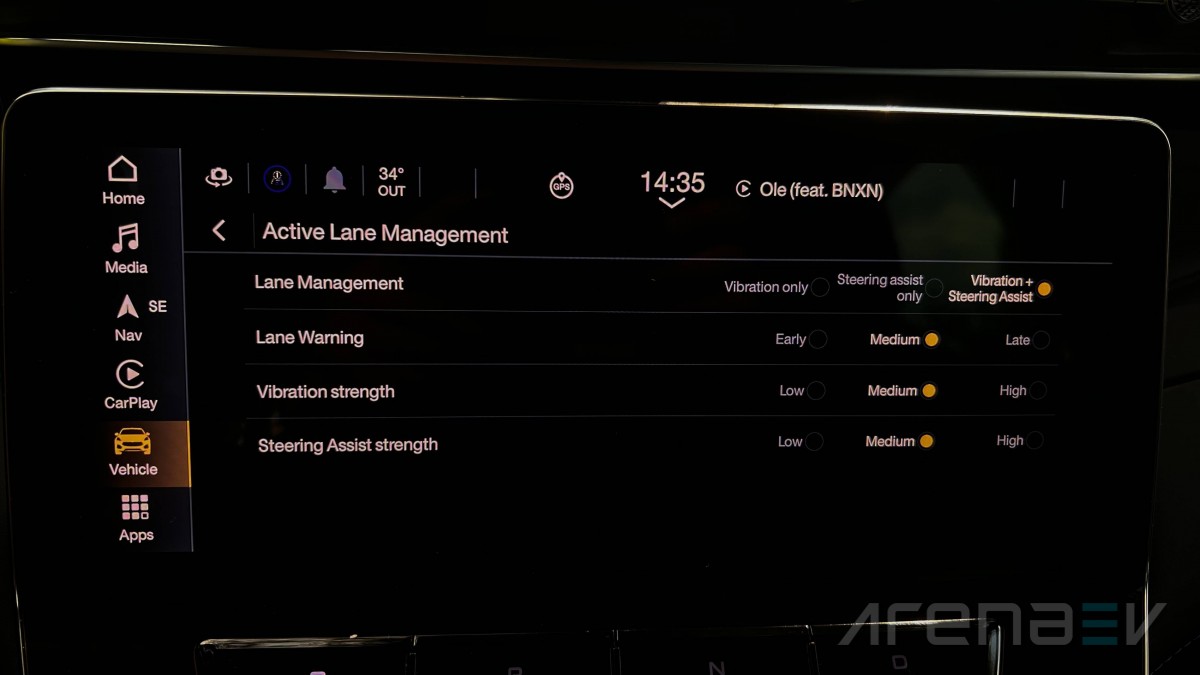
But as any testing protocol that needs to cover such a vast array of different products the Euro NCAP requirements have some loopholes and criteria with room for interpretation. And some manufacturers will abuse these loopholes more, while others will strictly abide by them. In our reviews of the Hyundai Ioniq 6 and Kona Electric we discussed how invasive and irritating the lane keep and speed assist systems are, yet in vehicles like the Volvo EX30 or the Mercedes EQS SUV they are hardly noticeable and easy to turn off.
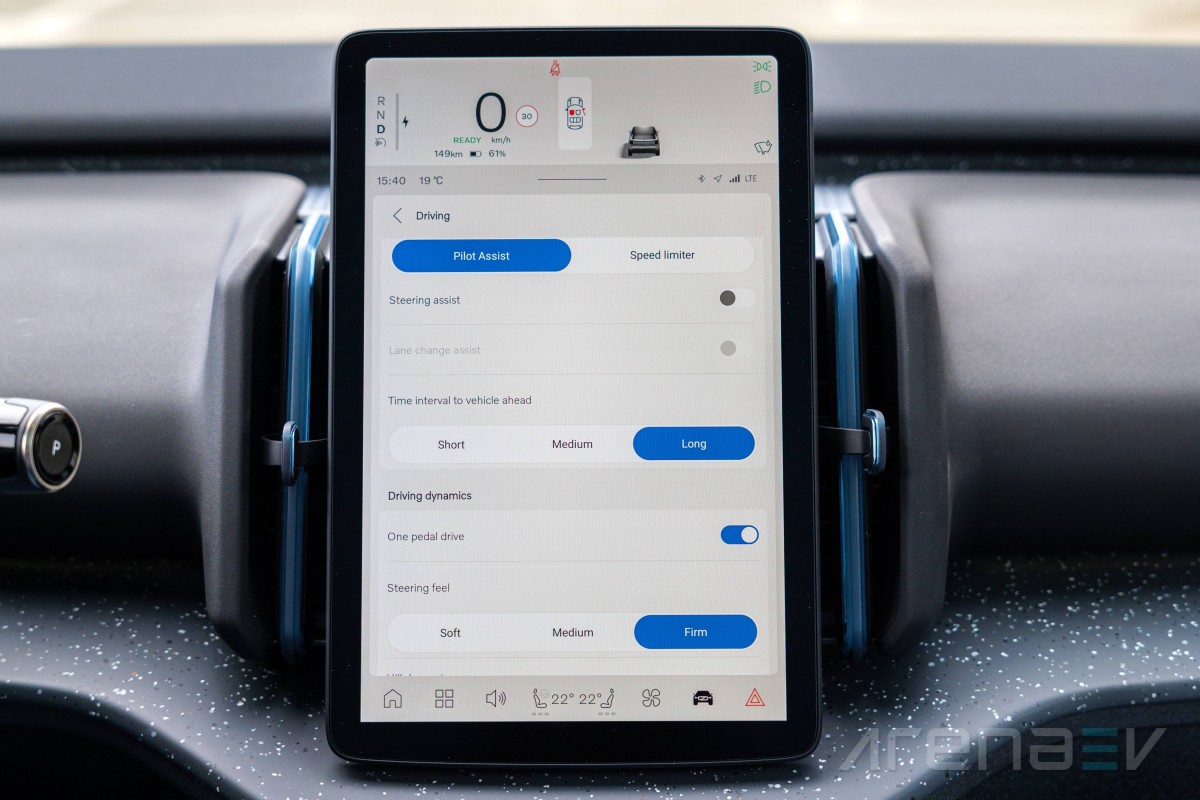
When testing we always start with the lane-keep assist on and rarely finish our testing procedure without needing to turn it off. When driving on a neglected road with potholes the lane-keep assist hinders your quick reactions and often leads you right into a pothole. In most vehicles it’s programmed to keep the car straight between the lines, meaning you’ll have difficulty leaving its desired trajectory. But it's not purely related to bad road conditions, it often happens that the lane steers or merges into another one, which shocks the system, leading it to act inadequately.
Same goes for roads with no marking whatsoever, where the system randomly selects where it thinks the lines are and starts swerving the car in that direction. This can lead to big troubles and is an awful experience, hence why we suggest using the lane-keep assist only on the highway, where the infrastructure is optimal and outside factors are minimal.
The Euro NCAP is getting a high overall score, which is divided into adult, child, pedestrian safety and safety systems. The safety systems are the newest added category, but it’s still very important for the final rating. Therefore, manufacturers will try and gain some points with overprotective assistants to try and boost their final results. However terms like “loud and clear” tones and “audible” chimes leave room for interpretation and so does “sufficient steering interruption," which is part of the lane keeping feature.

A main reason why certain markers will go overboard with the chimes and beeps is cost reduction, which explains why cheaper vehicles are normally more intrusive than more premium ones. The Driver State Monitoring (DSM) part of the test stipulates that the vehicle must chime when the driver is not paying attention to the road for a certain amount of time. There are a number of testing scenarios aiming to simulate different road situations, and they all require an intervention by the corresponding assistant within a certain time limit.
There’s no lower limit though, so manufacturers were quick to figure out that if the beep kicks in earlier you still get a perfect score. So they just forgo the advanced sensors trying to figure out the exact kind of potential distraction and just go with the lowest required response time. This saves a ton of money in R&D costs and manufacturing, but can also cause curious cases like beeping every time you turn your head for a slightly longer time to check your mirrors, which we experienced in our Hyundai Kona review.
At the other end of the scale some other manufacturers bend the rules by allowing easy turn-off of each system. The rules of the Euro NCAP state that you cannot deactivate lane, collision warning and speeding assists with the press of a single button, some manufacturers get away with it by integrating it into the screen, hence it is no longer a button. We saw this in the Mercedes EQE as a stationary menu on the edge of the Hyperscreen, whereas in the Volvo EX30 we could set the display to show the vehicle settings on each start, meaning we could easily turn off unwanted assistants with a single touch. We do expect the Euro NCAP rules to be amended in one of their future revisions, so this loophole is closed, though.

Another part of the safety system testing is the speeding prevention assistant. Most modern vehicles have a system that recognizes traffic signs and warn you of potential speeding. The more the car punishes you for speeding, the higher the result in this category will be. In our Kia EV9 review we were surprised that it automatically and sharply reduced its speed when going uphill on the highway, which could bring more harm than good in heavier traffic. As it turns out, though, this brings the vehicle safety points for choosing “adequate with the road conditions” driving speed. Even though the restrictions state that this feature can be set as default ON or default OFF, Kia has gone the extra mile by re-enabling it on every trip.
As good as this anti-speeding system sounds on paper, the truth is that we’re not technologically advanced enough to implement it on such a large scale. One key factor for that is the infrastructure, which has to be in perfect shape, all the signs clearly visible and no obstacles should be present for the system to work as intended. In reality, what we see is that the speed assistant fails on multiple occasions - if a bigger truck hides the sign you’re passing, the car doesn’t know if there’s been a change. Also, if the sign is accompanied by other signs that indicate when the limit activates, i.e. bad weather, time limits or other, most vehicles fail to distinguish the specifics and just start chiming that you’re “breaking the law”.
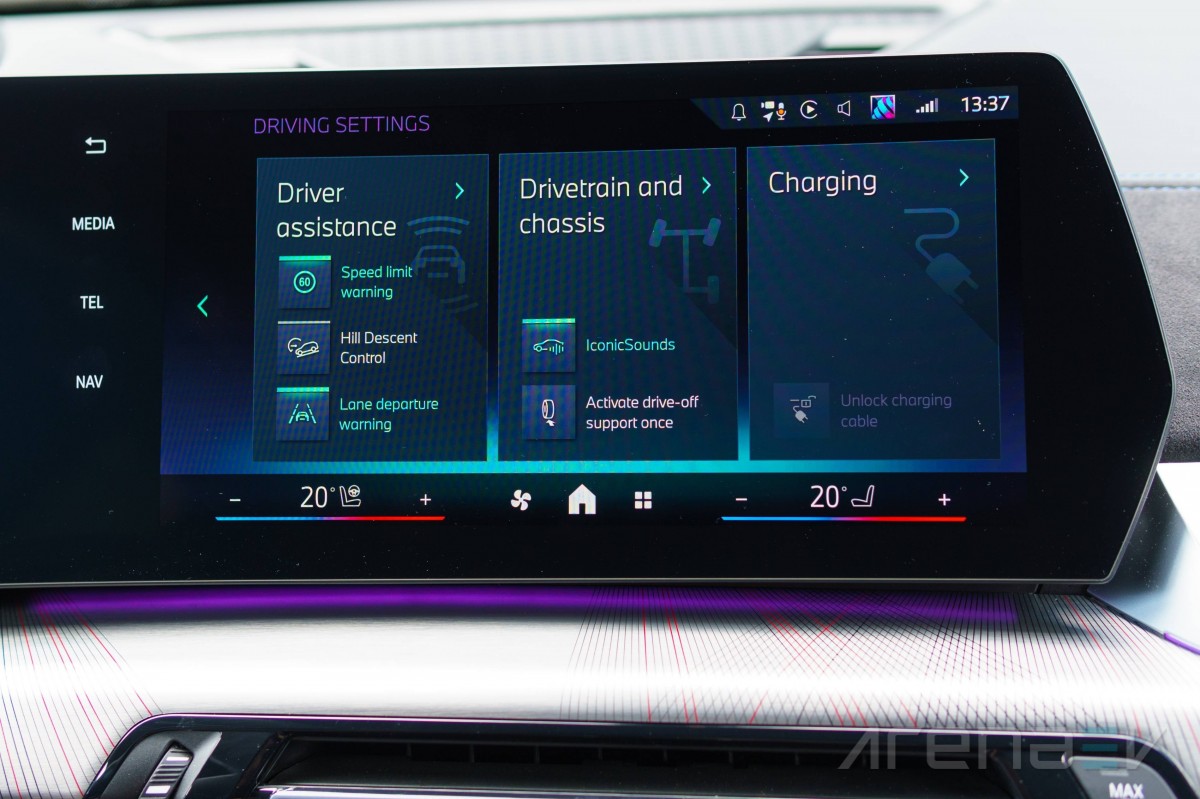
So, we come down to what is arguably the most predictable conclusion - it all comes down to money. Some try and save on R&D costs by implementing fewer sensors. Others, typically more premium makers, will actually spend extra to try and figure out loopholes so their cars score highly while maintaining the drivers’ and passengers’ comfort.
Whether or not these systems work well is debatable and highly subjective depending on one’s driving style, local infrastructure and traffic, but our experience so far shows that the road conditions are not always perfect, while even the smartest of modern systems cannot substitute what the brain of the driver can see and predict. Truthfully, we shouldn’t be as reliant on technology to do the job for us, but rather focus on making it help us in driving. The perfect traffic scenario where all systems work in harmony works only on paper so far and in some situations the over-assistance can even do more harm than good.
While testing the vehicles, we always test how these systems work and if they actually benefit the driving experience. Sadly, we are always forced to turn off at least one, as the sheer abundance of different systems and their overlapping chimes and diverse limitations distract the driver even more, leaving less attention to the road and more focus on the assistant’s readouts. Making the cars as safe as possible is obviously the most important thing, but having a malfunctioning assistant constantly annoy you with unnecessary loud beeps just makes switching it off part of your car starting routine and really benefits nobody.
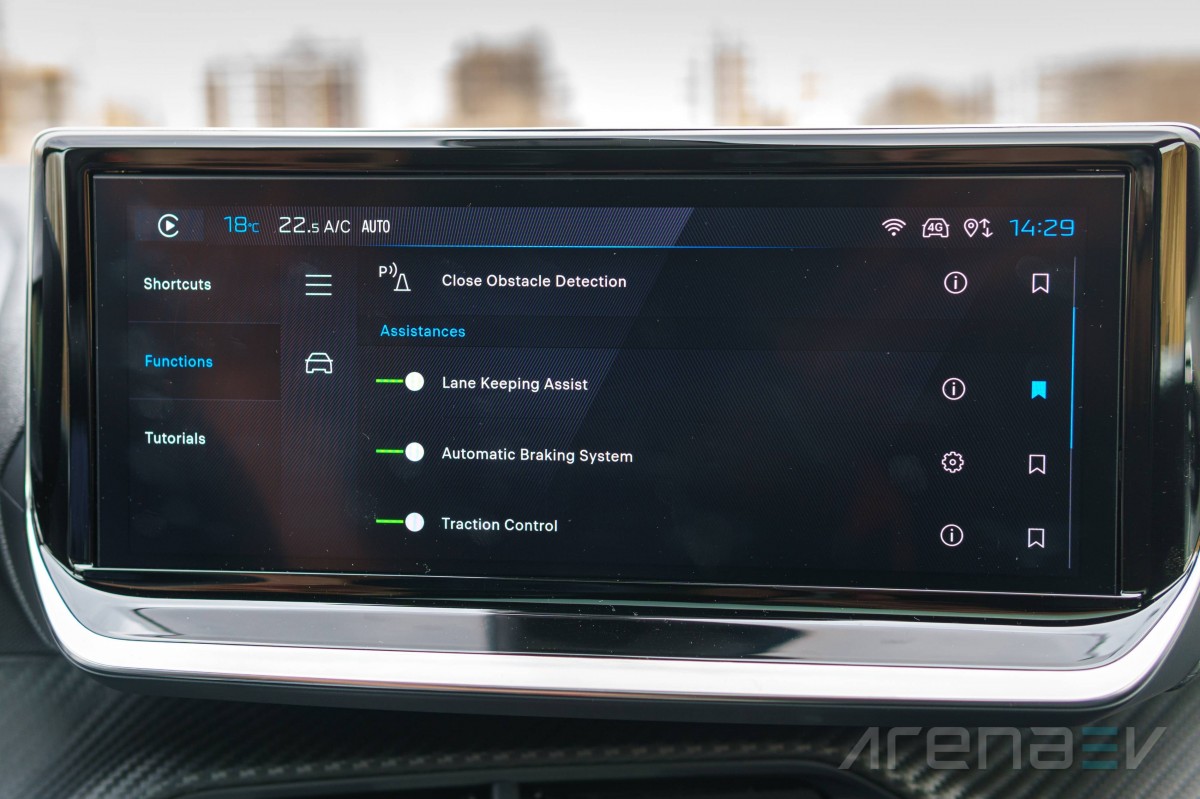
Related
Reader comments
No, they do no such thing. They will emergency brake. Hardly any drivers are capable of taking evasive action correctly in such circumstances as you do not know what the pedestrian or cyclist will do. Lane keeping can be manually overridden and stops...
- 24 Sep 2024
- LaS
- S
Don't call it beep. The car tries to speak with driver or the passenger. But yeah to understand that "beep" language, you need to learn the language first. So, don't waste time. Go and try learning "beep" languag...
- 27 Aug 2024
- xjH
- AEV
Lane-keeping systems are actually dangerous. If someone ran in front of you, it will force you smash him because you didn't turn on blinker.
- 19 Aug 2024
- 3Z5



